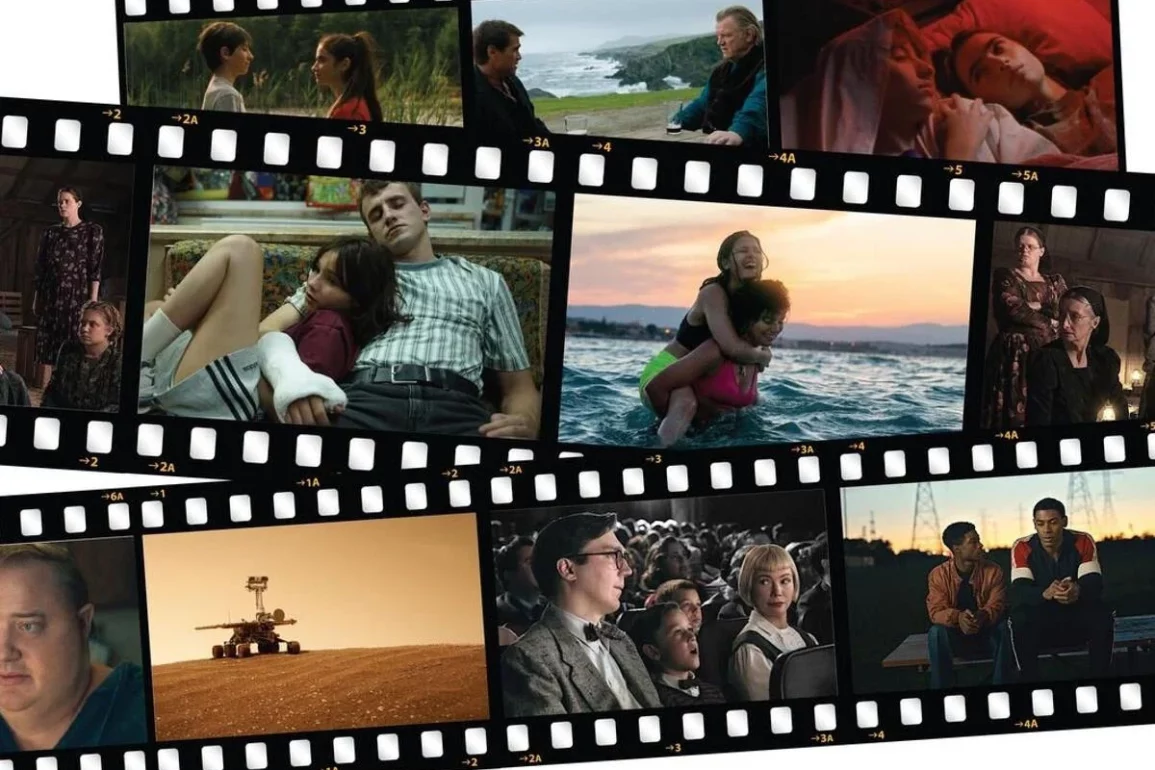Film, a medium once restricted to the select few who had access to cameras and the resources to develop reels, has evolved tremendously over the last century. However, the charm and brilliance of old films remain unparalleled. Their storytelling techniques, use of sound, and pioneering cinematic methods continue to inspire. In this article, we delve into the artistry of these films and provide insights into appreciating them in the modern era.
The Art of Film Preservation
Before diving into the intricate techniques of old cinema, it’s essential to understand the significance of preserving these films. With time, film reels degrade, colors fade, and the magic captured within risks being lost forever. Converting old film formats, like 8mm, ensures these cinematic treasures are not only saved but are also accessible to new generations. Organizations and companies are dedicated to this craft, ensuring that the history of cinema lives on.
Analyzing Cinematic Techniques
Old films have a unique allure, partly because of the techniques they employ. Limited by technology but not imagination, filmmakers of yore used innovative methods to narrate their stories:
- Silent Era Mastery: Before the age of talkies, actors relied heavily on expressions, and directors used visual cues to convey the story. The absence of dialogue meant every gesture, prop, and shadow was significant.
- Practical Effects: CGI was non-existent, leading filmmakers to rely on practical effects. Miniature sets, forced perspective, and camera tricks created scenes that still stand out today.
- In-Camera Editing: Instead of post-production edits, filmmakers often made edits while shooting, a meticulous process requiring foresight and planning.
Sound and Music in Old Films
With the advent of sound in cinema, the landscape changed dramatically. Silent film stars had to adapt or risk obscurity. Sound introduced new dimensions to storytelling:
- Dialogue’s Debut: The first talkies used sound sparingly, but as technology improved, so did the integration of dialogue, adding depth to characters and plots.
- Musical Narratives: Old films often employed orchestral scores, recorded live as the film played. This added emotional depth, guiding the viewer’s feelings throughout the narrative.
- Sound Effects: These were often created manually during post-production, from footsteps to door creaks, enhancing the film’s realism.
Tips for Viewing Old Film Reels
For those fortunate enough to possess old film reels, here are some tips to enhance your viewing experience:
- Proper Equipment: Ensure you have the right projector for your film type. 8mm films require specific projectors distinct from 16mm or 35mm.
- Environment: Create a darkened room, much like a mini cinema. This enhances the film’s visuals, making the experience immersive.
- Conversion: Consider an 8mm film conversion to a digital format. This not only preserves the film but also makes viewing more convenient. There are numerous professional companies that offer this film conversion service.
I recently came across some articles that rate providers for this type of service, and here’s one that I’d recommend checking out: ScanCafe’s ratings. It would be a good idea for you to weigh these ratings against others to aid you in making a well-informed decision regarding your film conversion needs.
- Understand the Context: Remember, these films were created in a different era. Familiarize yourself with the period’s cultural and historical context for a richer understanding.
Conclusion
Old films are a gateway to the past, a reflection of the societal, technological, and artistic contexts of their time. Their value isn’t just in the stories they tell but also in the techniques they employ, the challenges they overcome, and the legacy they leave behind. In the age of digital cinema, while we’re surrounded by high-definition visuals and surround sound, there’s an unparalleled beauty and charm in old films. By understanding their techniques, we ensure that the golden age of cinema continues to shine.
